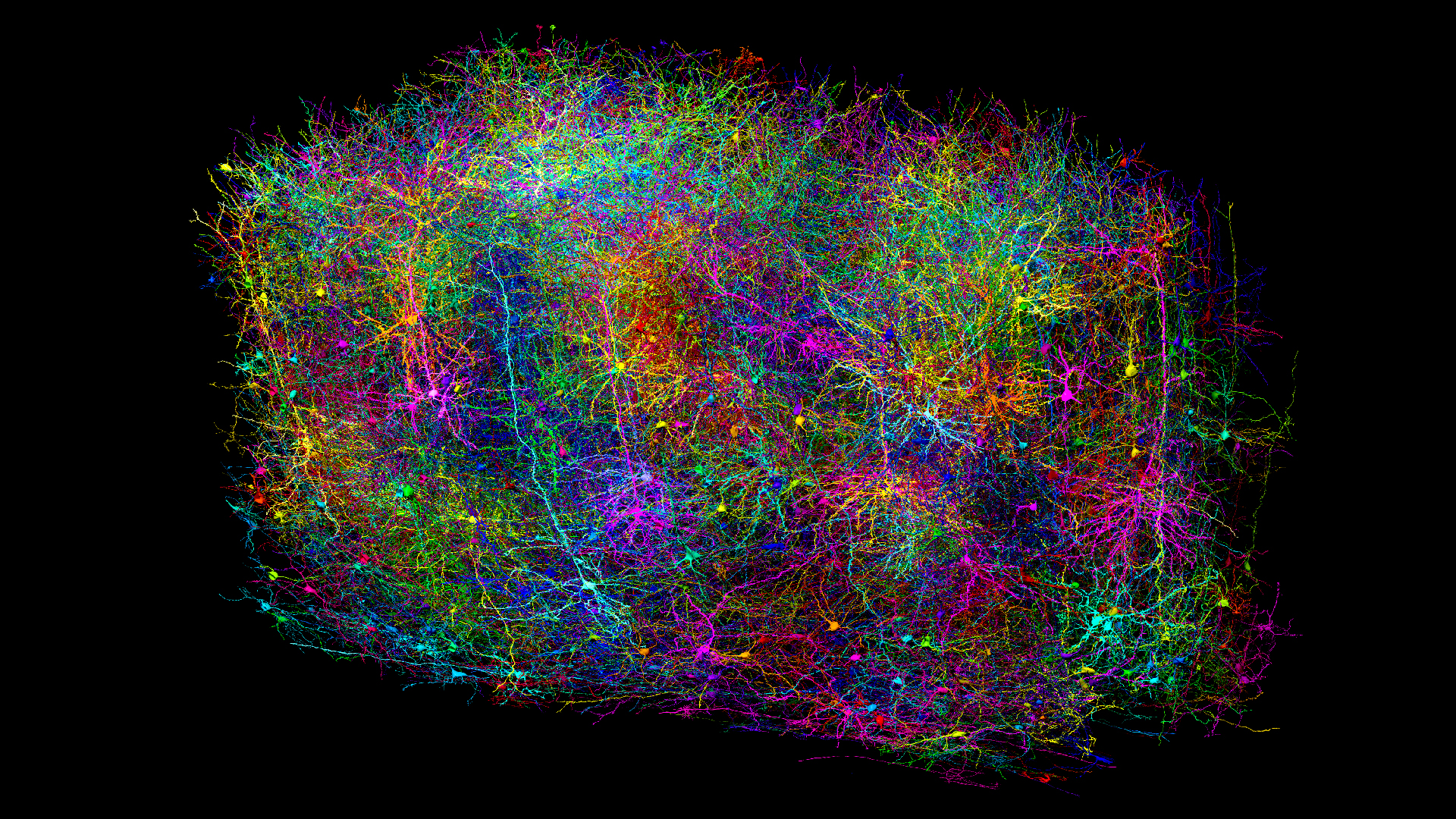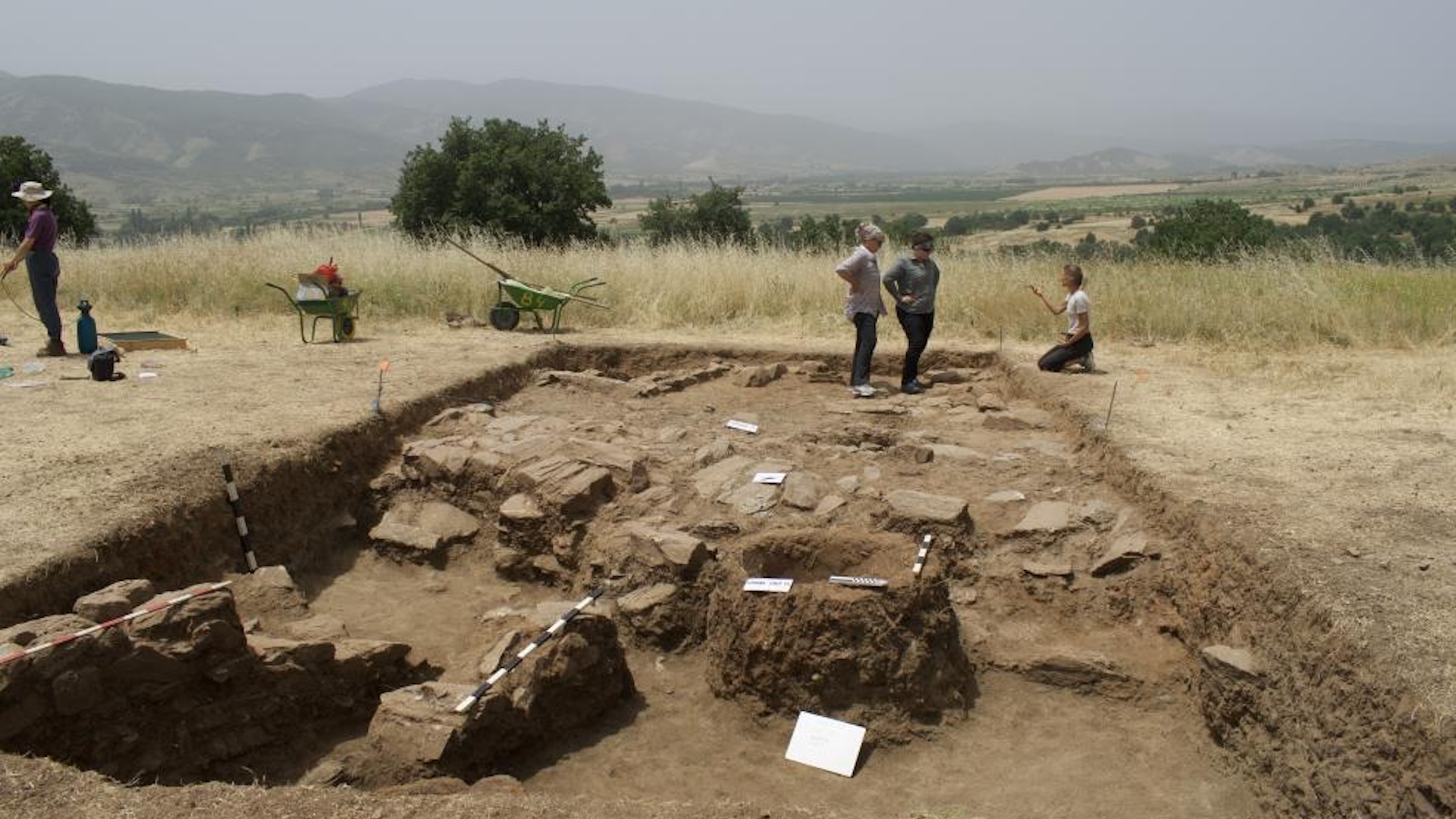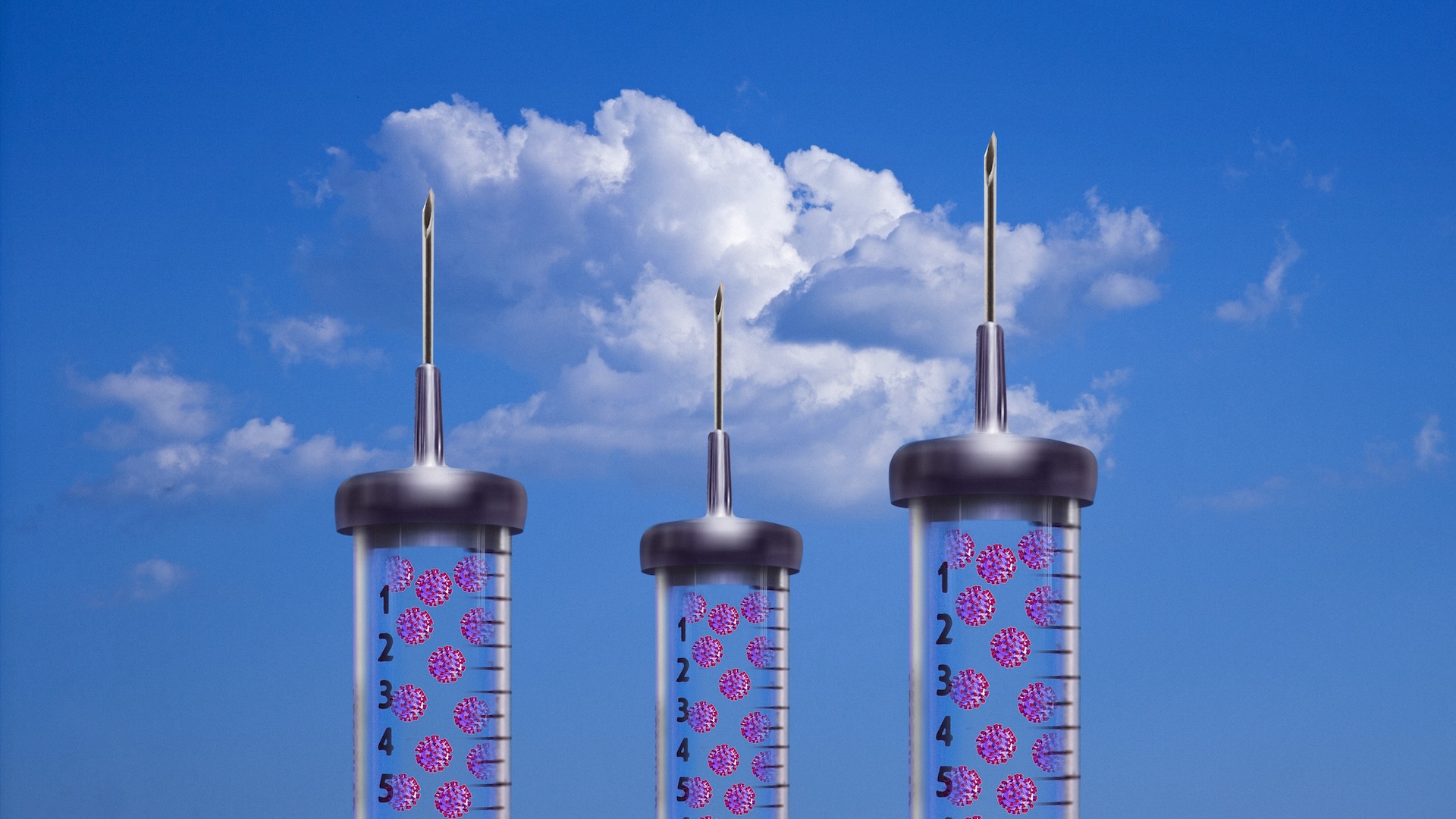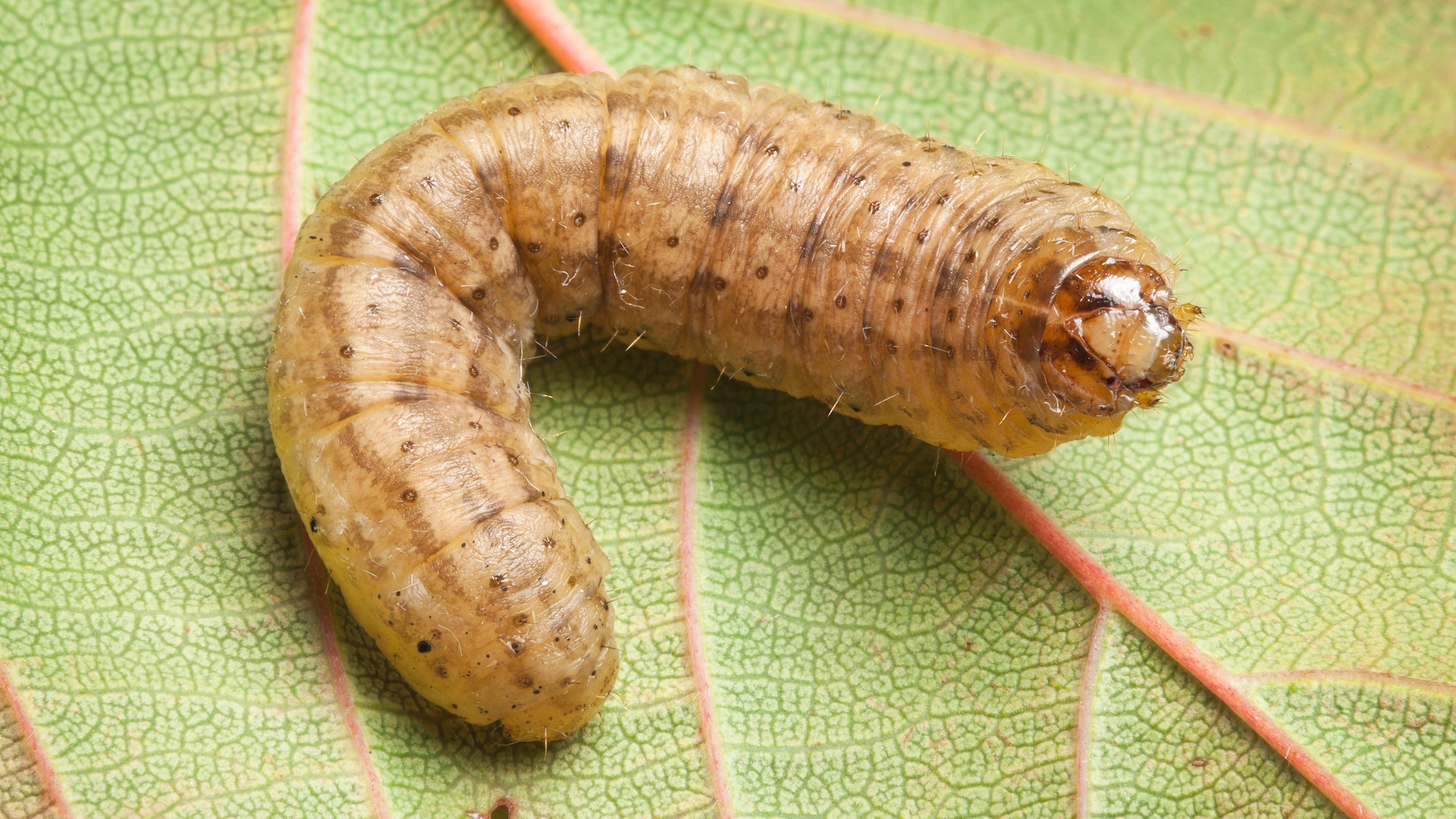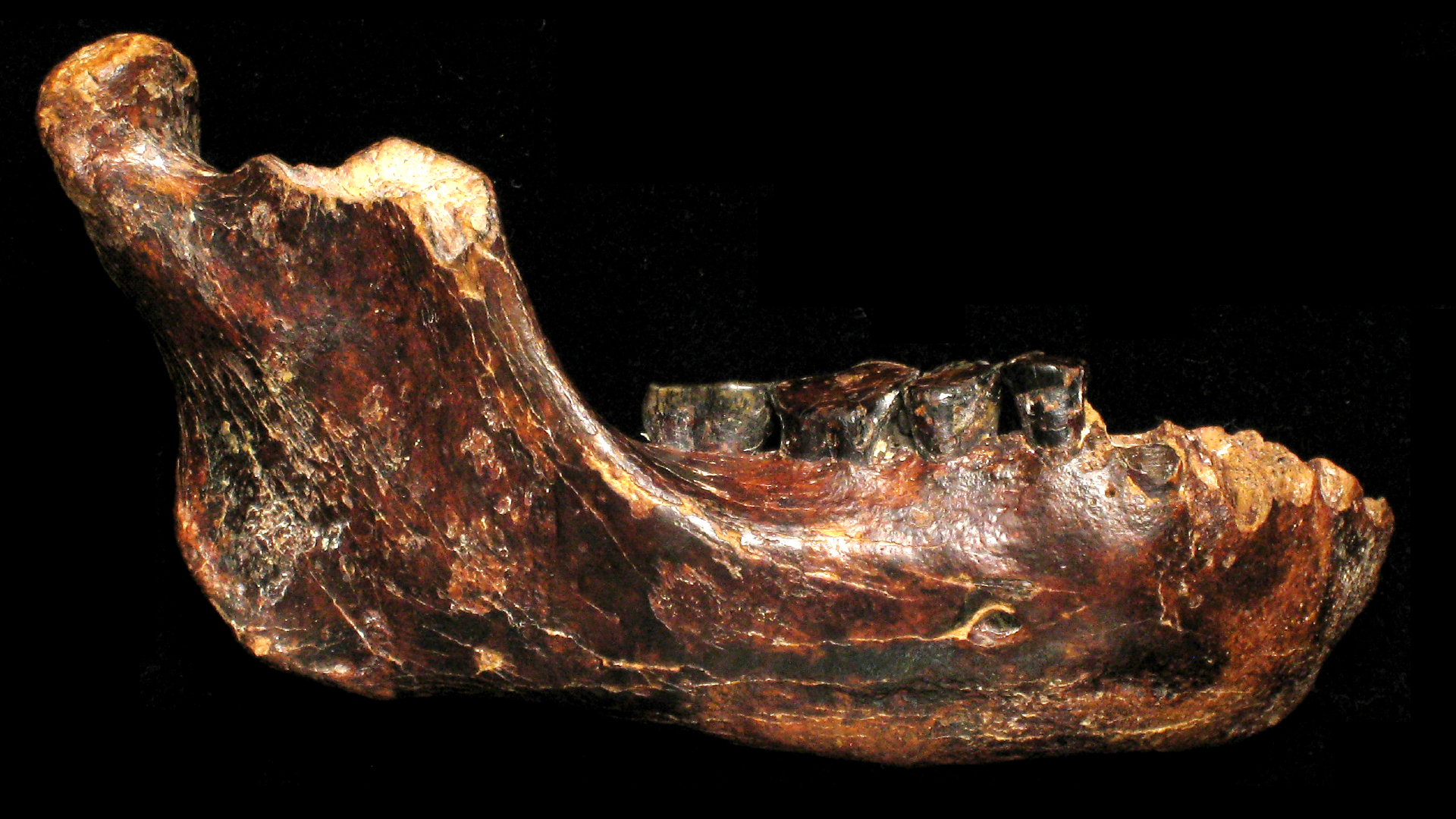US abortion bans have driven a surge in infant deaths, study finds
Researchers estimate that recent abortion bans have driven a rise in infant death rates in affected states, especially among Black children and kids with congenital anomalies.
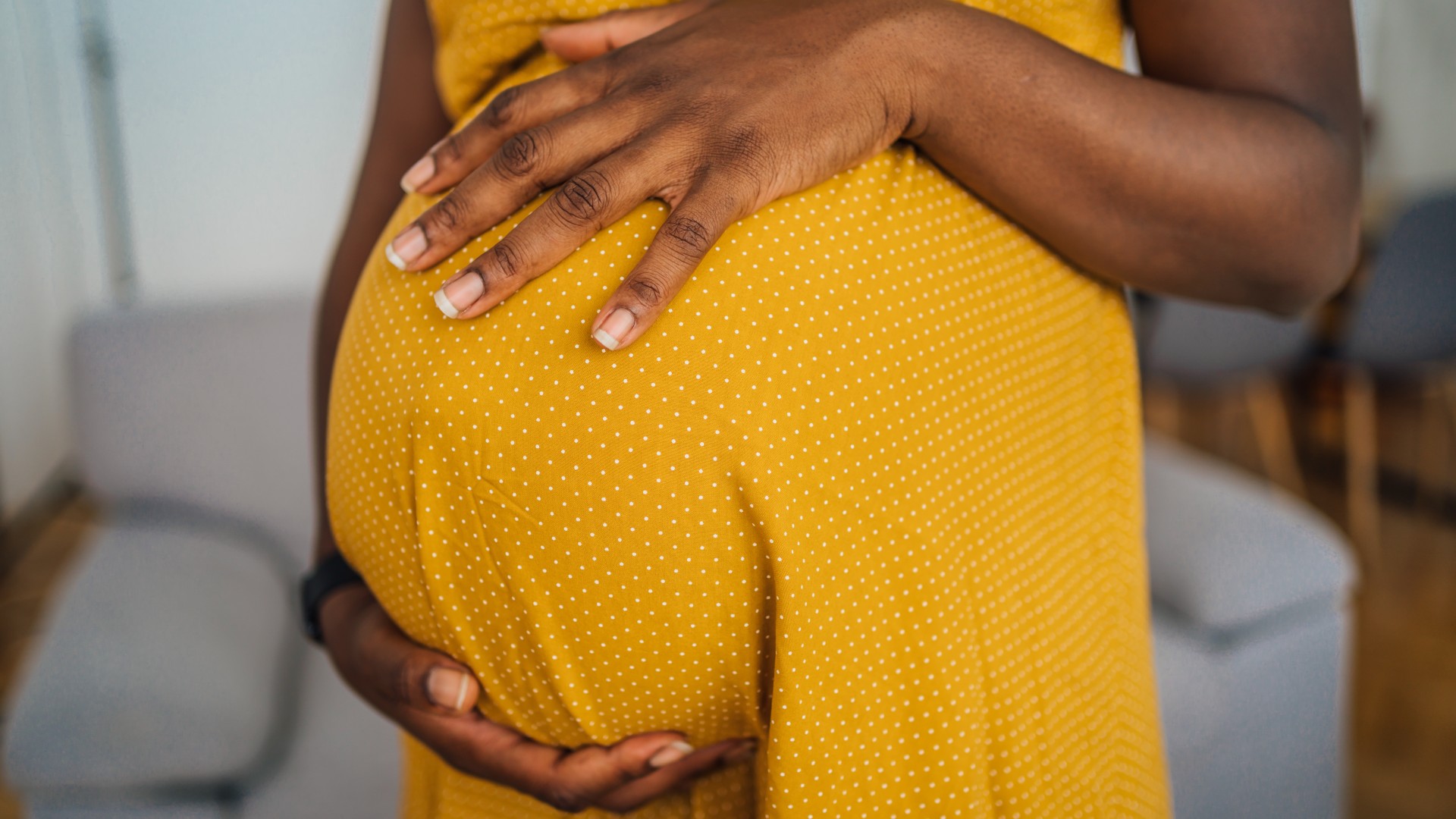
U.S. states that recently adopted new abortion bans have had more babies die after the bans took effect, new research suggests.
The new analysis looked at the rate of death among children under age 1 before and after these abortion bans took effect. After the bans kicked in, an estimated 5.6% more infants died than would have done if the bans weren't imposed. That increase amounted to 478 extra deaths, in total.
The analysis included states that either implemented total abortion bans — which cover abortion at any time in the pregnancy — or restricted abortion after six weeks; the bans were passed between September 2021 and August 2022. These states were Texas, Alabama, Arkansas, Georgia, Idaho, Kentucky, Louisiana, Mississippi, Missouri, Oklahoma, South Dakota, Tennessee, West Virginia, and Wisconsin.
("Total" abortion bans often include limited exceptions, such as for rape or incest, but in practice, these exceptions are often "unworkable," according to KFF.)
Related: Telehealth abortions are as safe and effective as in-person, large study shows
The data revealed that Black people were disproportionately affected by these abortion bans, with an approximately 11% increase in estimated child deaths, compared with other racial and ethnic groups. This may be because Black people were already more likely to have abortions before the bans were adopted, Alison Gemmill, a perinatal epidemiologist at Johns Hopkins University in Maryland, told Live Science.
Gemmill and colleagues described their findings in a paper published Feb. 13 in JAMA.
Sign up for the Live Science daily newsletter now
Get the world’s most fascinating discoveries delivered straight to your inbox.
In addition, the upticks in death rates were higher — also around 11% higher — among children with congenital anomalies, also called birth defects. This is likely because a higher number of women were forced to carry fetuses to term that had no chance of survival, Gemmill said.
"When we're thinking about policies, it's important to think about these negative effects and what happens when we limit reproductive autonomy," Gemmill said. "This makes for a strong case for why abortion should be a decision made between a woman, her physician and, in the case of a congenital anomaly, also a genetic counselor."
The researchers looked at all live births and infant deaths from all 50 US states, as well as Washington D.C., between 2012 and 2023. They then used this data to compare how many children died before and after abortion bans were introduced in 14 states.
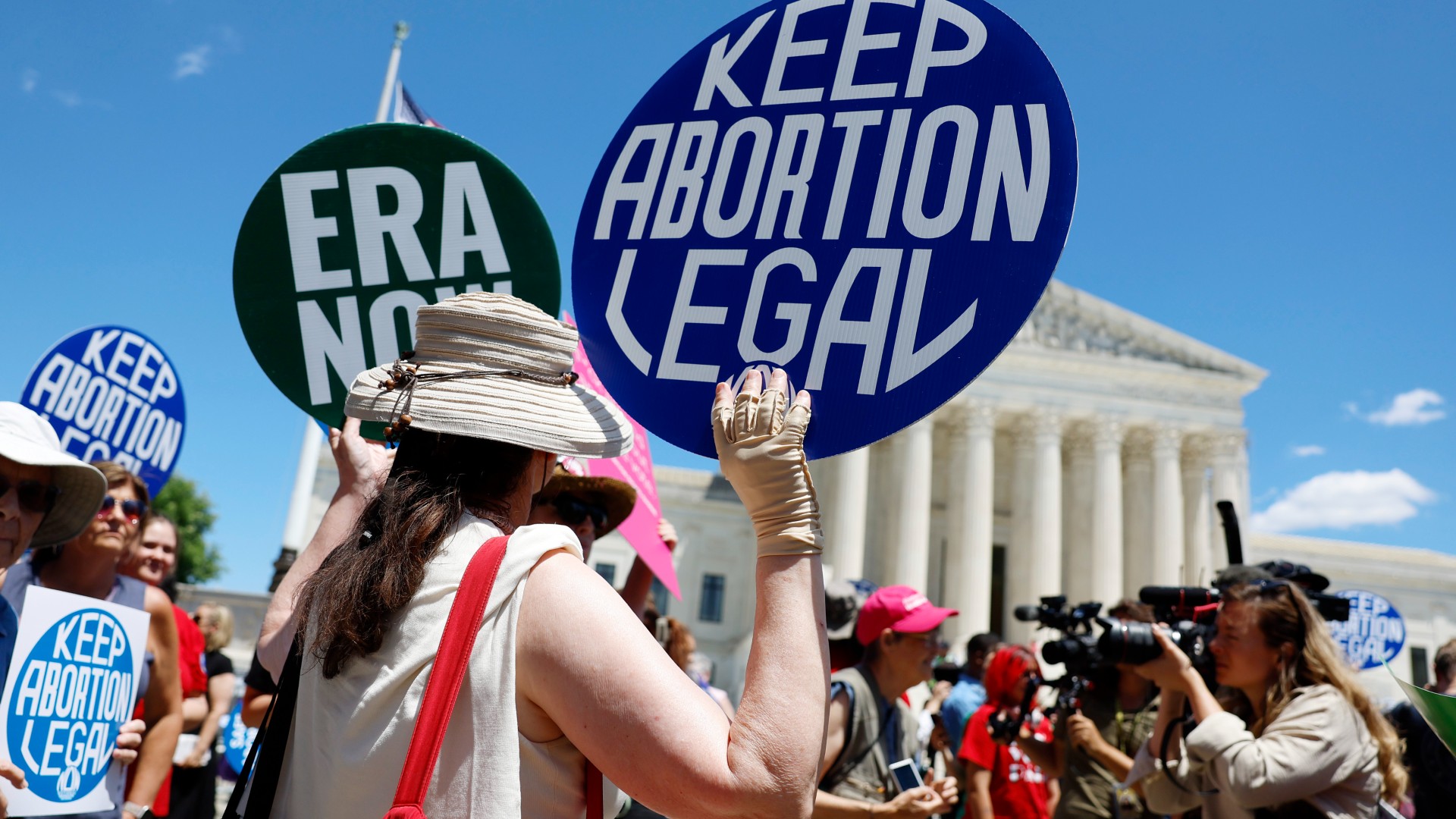
—Abortion laws by state: https://reproductiverights.org/maps/abortion-laws-by-state
—For questions about legal rights and self-managed abortion: www.reprolegalhelpline.org
—To find an abortion clinic in the US: www.ineedanA.com
—Miscarriage & Abortion Hotline operated by doctors who can offer expert medical advice: Available online or at 833-246-2632
—To find practical support accessing abortion: www.apiarycollective.org
Beyond Black children and newborns with congenital anomalies, death rates were also particularly high in children born in Southern states, such as Texas, Kentucky and Alabama. That may partly have to do with geography, Gemmill said. For instance, someone in Missouri, where abortion is banned, may be able to drive across the border to Illinois where it is still currently legal, while someone in Mississippi is surrounded by states that also ban the procedure. Thus, they would have to drive much farther or fly to access abortion care, she suggested.
In a separate paper which also published Feb. 13, the researchers found that these same abortion bans in 14 states were tied to 1 additional birth per 1,000 women of reproductive age in these jurisdictions. Groups that historically face higher barriers to abortion care — such as people from racial minorities and those with lower levels of education — were most impacted, Gemmill said.
The pair of studies "provide compelling evidence of the significant effects state-level abortion restrictions have on birth rates and infant mortality, especially in vulnerable populations," Alyssa Bilinski, an assistant professor of health policy at Brown University who was not involved in the research, wrote in a commentary of the papers.
"Even amidst heated national abortion debates, there remains much room for agreement," Bilinski argues. "Ensuring every child has the opportunity to thrive is a shared objective that transcends partisan lines, and thoughtful, family-oriented policy can both help to address the harms raised in these studies and foster a healthier and more equitable society for all."
A major question that still needs to be addressed is whether this upward trend in infant mortality is temporary or not. Some states are considering implementing stronger abortion restrictions, and there is talk of a potential national abortion ban, so the situation may get worse, Gemmill said.
The current studies didn't look at how many more people are dying in pregnancy or childbirth in states with abortion bans, but previous research has suggested that restricting access to abortion care can increase maternal death rates, along with infant mortality rates.
Disclaimer
This article is for informational purposes only and is not meant to offer medical advice.

Emily is a health news writer based in London, United Kingdom. She holds a bachelor's degree in biology from Durham University and a master's degree in clinical and therapeutic neuroscience from Oxford University. She has worked in science communication, medical writing and as a local news reporter while undertaking NCTJ journalism training with News Associates. In 2018, she was named one of MHP Communications' 30 journalists to watch under 30. (emily.cooke@futurenet.com)
Man gets sperm-making stem cell transplant in first-of-its-kind procedure
'Love hormone' oxytocin can pause pregnancy, animal study finds
